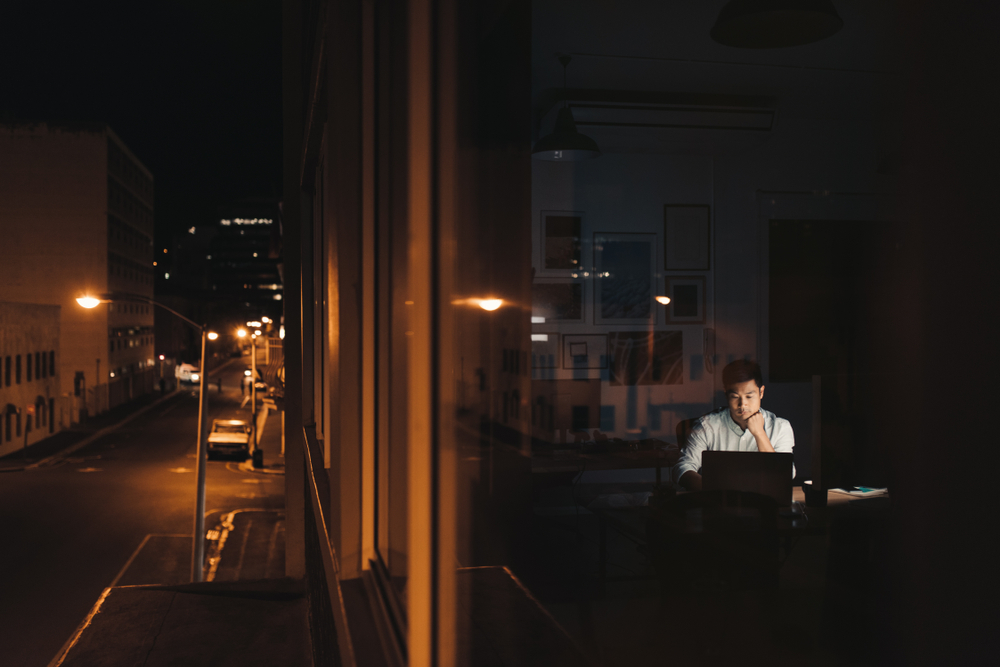
The resurgence of the coronavirus pandemic has sent much of Europe into its second lockdown, while rising case numbers in the US have prompted talk of new restrictions. Although they are typically more lenient than the first round of lockdowns, and more familiar, employers are nevertheless concerned about the impact these new restrictions will have on the well-being and engagement of their teams.
“It is the one thing that comes up most often when we are talking to CEO clients: the mental health challenge of work from home,” Kevin Ellis, chairman of PwC UK, told the Evening Standard earlier this week.
To find out how technology leaders can ensure their teams are happy and engaged under lockdown, Tech Monitor spoke to six CIOs about the lessons learnt from the first wave of restrictions and their plans for the coming months.

Managing teams across time zones
For organisations based in the northern hemisphere, the winter lockdown may place greater strain on well-being than the previous one, warns Aline Hayes, director of technical transformation (EMEA) at Experian. Hayes says that the greatest learning from the first lockdown was the impact that shorter and darker days had on her colleagues in the southern hemisphere.
Whereas they are now entering into summer, it is the staff in Europe currently getting hit by the seasonal change. “My Russian colleagues are feeling the darker, colder days and you can see the impact on them as they go into new restrictions,” explains Hayes. “Being sensitive to what’s happening in each country or area is hugely important. That applies to what we then do as leaders.”
To mitigate the impact of the “winter blues”, Hayes and her colleagues have introduced mindfulness and well-being sessions, as well as nutritional and sleep advice. In the division she reports into, Hayes doesn’t hold meeting on Fridays, giving staff a break from the need to be constantly online.
Warwick-based Victoria Higgin, CIO and executive director at Highways England, encourages colleagues to have phone meetings instead of Teams where possible to give staff a chance to combine these calls with daylight walks.
“One team has worked out how many steps it is to Lapland before Christmas and are trying to get the steps in,” she says. “But we have also been providing company support and increasing communications, opening Covid-safe office locations for those that needed it. We have learnt that not everyone can or wants to work from home.”
Setting boundaries and avoiding burnout
Keeping work and personal life separate was a common challenge among the CIOs interviewed by Tech Monitor. “Together with kids at home and the challenges of the rest of the family also adapting to new dynamics in the same environment… I believe some people felt overwhelmed,” says chief information and digital officer Beatriz Copelli.
As a result, looking after colleagues’ mental health and finding ways to boost morale became a priority for many CIOs to avoid burnout within their teams.
At Highways England, Higgin has been actively talking about mental health, sharing ideas with staff in the company’s Yammer group, organising “coffee roulettes” (coffee meetings with colleagues you wouldn’t normally have coffee with), and encouraging exercise. Learning new “etiquette” for meetings and workshops and upping the game on communications have also contributed towards a healthier remote working environment.
However, Higgin has realised that, in the absence of the usual commute, many staff start work earlier and sign off later. That’s why she is encouraging her team to take annual leave, even if they can’t travel.
Assessing mood and well-being within teams is difficult when people are working remotely. This is why CIOs need to act as role models, says Jots Sehmbi, director of technology and innovation at the University of Essex. “You can’t ‘sense the pulse’ of your organisation so easily with mass remote working, so leaders need to be more aware of how to change theirs and their teams’ ways of working together,” she tells Tech Monitor.
Sehmbi points out that senior managers should recognise and understand that back-to-back video calls can be tiring for some staff. She also recommends alternative ways of engaging with more introverted staff who might not feel comfortable participating in large meetings, such as organising smaller group calls or having an open time in their diaries for them to ‘drop-in’ virtually.
Remember the human
The technology leaders interviewed did not report any impact of lockdown on employee productivity. “I have noticed people working differently and smarter and this is very positive,” says Highways England’s Higgin.
Gregory Morley, group CIO at United Living Group, says that instead of adopting an “overbearing Big Brother approach”, he focuses on the output of their work, allowing staff to breathe and adapt to their own ways of working.
“Fortnightly team check-ins via Microsoft Teams are a welcome opportunity for the entire team to catch up on progress of one another’s projects and exchange friendly banter.”
For Kevin Gibbs, executive director of delivery at Bracknell Forest Council, CIOs need to ensure that companies carefully consider the impact that new digital tools have on their workers. “These tools need to enhance the person at the centre of the technology, rather than seeing people as widgets that need to be made more efficient,” explains Gibbs.
“This means giving focus to the question of ‘what channel and when’. It’s about creating focus time rather than multi-channel, uncontrolled notifications 24/7. And it’s about slowing things down to human speeds, rather than working at the speed of light.
“After all, to quote Blade Runner, ‘a light that burns twice as bright lasts half as long’.”






